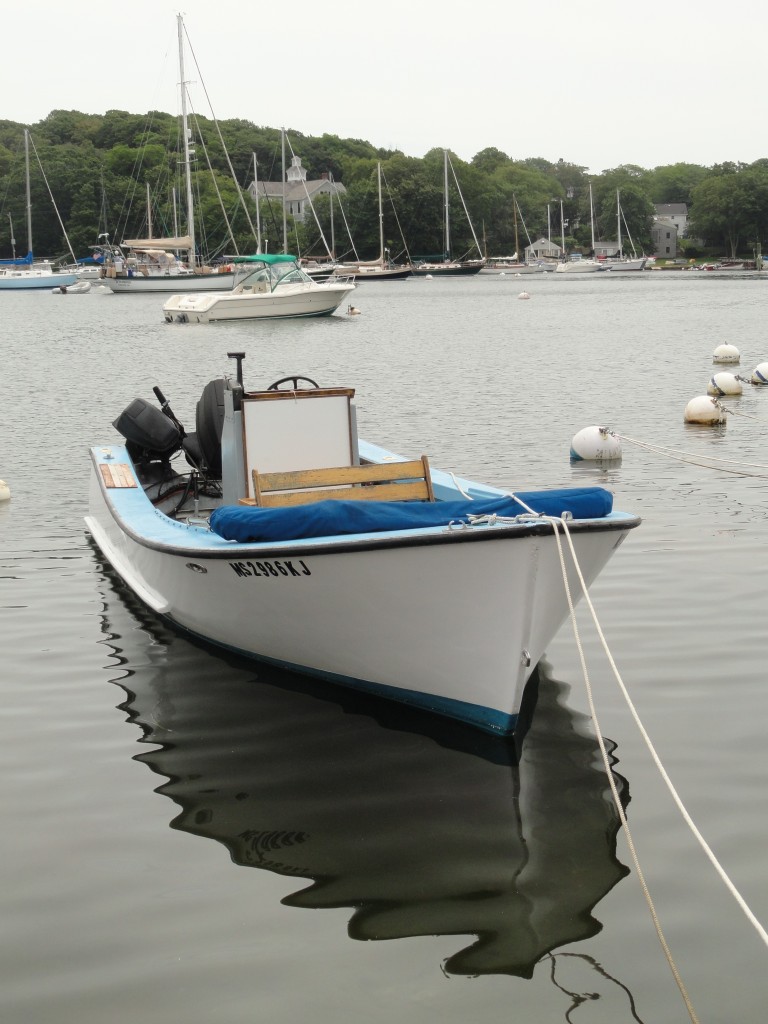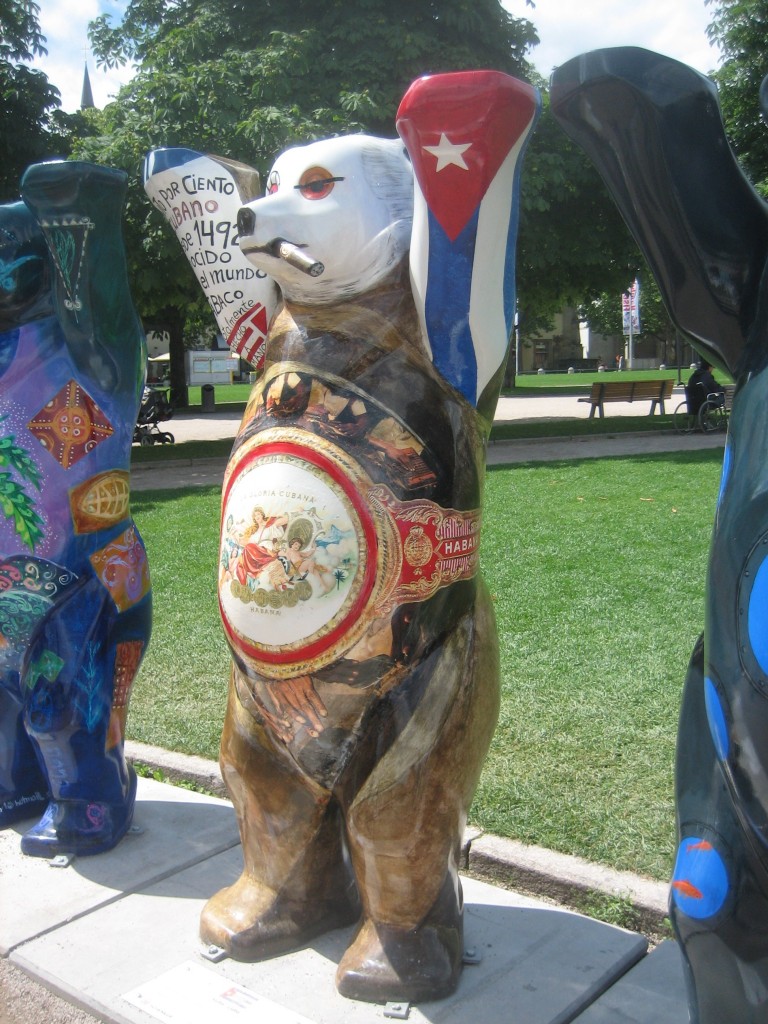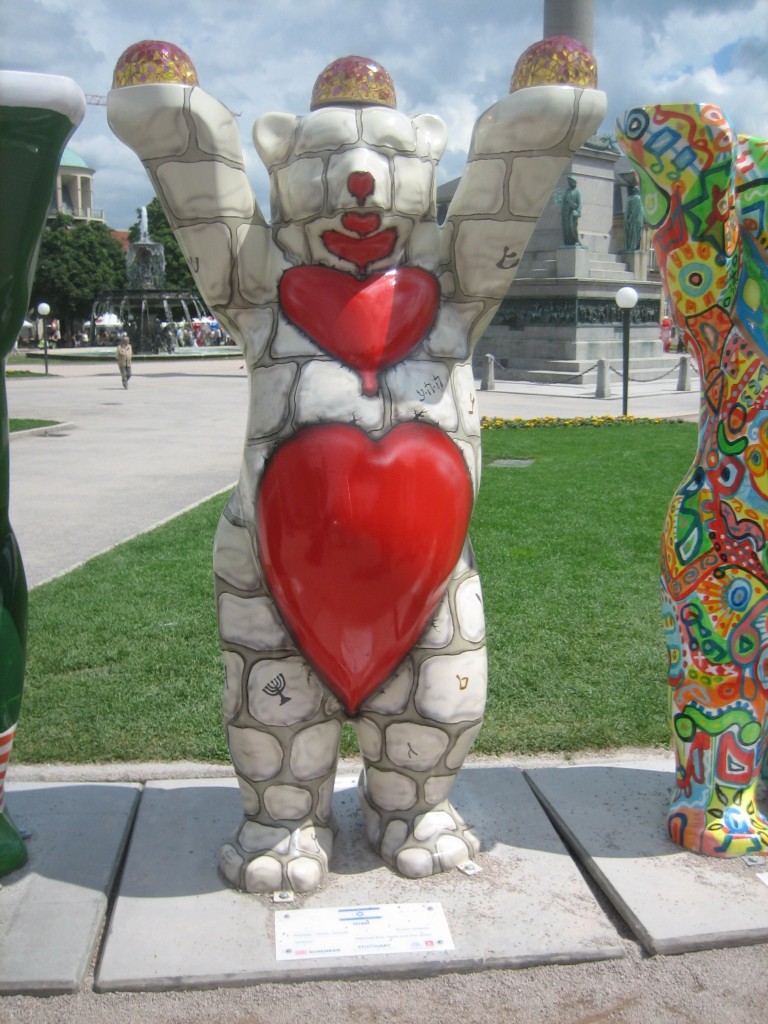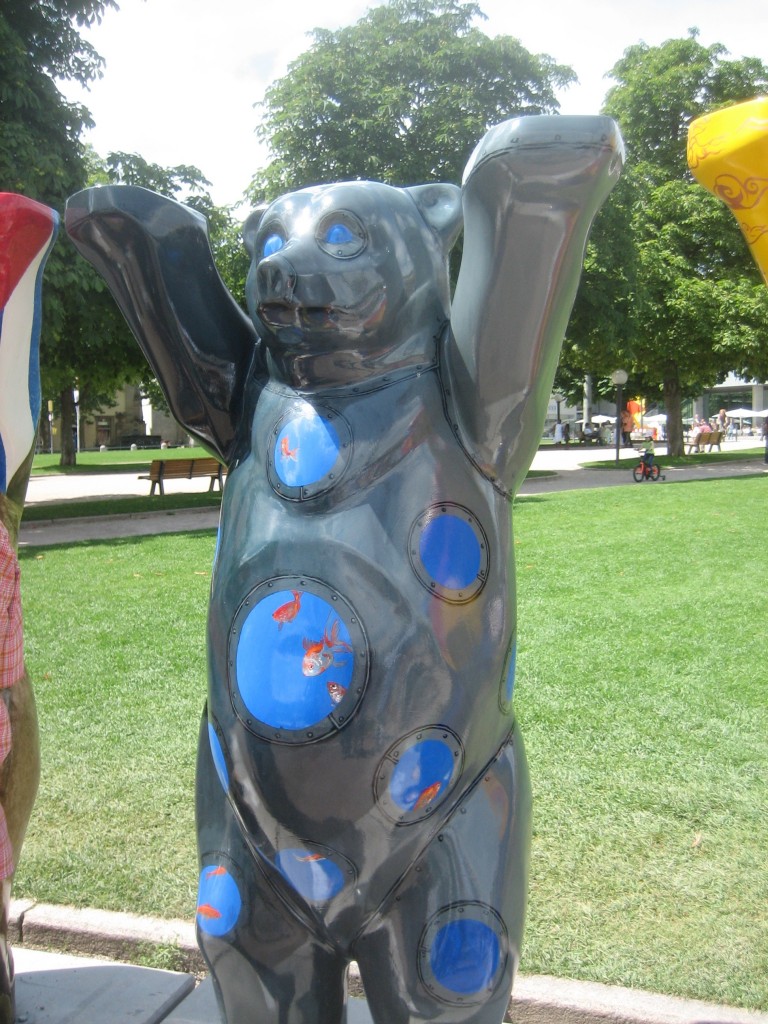The key lime pie was a bit too sweet at the Six Toed Cat cafe on Whitehead Street, but the Cuban-inspired sandwich was perfect. We had stopped to get a very late lunch after driving to Key West from Key Largo in search of Ernest Hemingway. Little did we know the name of the cafe, next door to the Hemingway house, reflected the little known fact that Hemingway, considered one of America’s greatest writers, was a crazy cat lady.
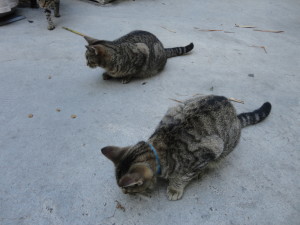 Not literally, of course, but as the guide informed us during our tour, Hemingway let dozens of feral cats roam his grounds freely. Many of them had six toes, a condition called polydactyly for you scientist-types out there. I recalled from my marine biology days that sailors thought polydactyl cats were good luck, or at the very least were better at catching rats. In any case, Hemingway was given a six toed cat by a ship’s captain and well, cats breed. There are currently 40-50 cats on the Hemingway property, which the guides regularly trot out for photo-ops.
Not literally, of course, but as the guide informed us during our tour, Hemingway let dozens of feral cats roam his grounds freely. Many of them had six toes, a condition called polydactyly for you scientist-types out there. I recalled from my marine biology days that sailors thought polydactyl cats were good luck, or at the very least were better at catching rats. In any case, Hemingway was given a six toed cat by a ship’s captain and well, cats breed. There are currently 40-50 cats on the Hemingway property, which the guides regularly trot out for photo-ops.
The two-story Spanish colonial house had been built in 1851 by wealthy marine architect and salvage wrecker Asa Tift, but a battle between heirs left the house boarded up and vacant for the 40 years before Hemingway and his second wife Pauline bought it in 1931. After Hemingway ran off with Martha (who eventually become his third wife), Pauline decided to spend $20,000 of his money replacing Hemingway’s prized boxing ring with a built-in pool. He was not amused.

Not surprisingly, the most fascinating part of the house was his writer’s studio. Accessed by a catwalk over a gallery connecting his second-floor bedroom with an old carriage house, Hemingway had a large comfortable room where he consistently wrote from 6 am to Noon every day. I envied his discipline (not my strongest point) and his studio, though I have to admit I’m very happy to have computer keys to tickle and not his old (now rusty) manual typewriter.
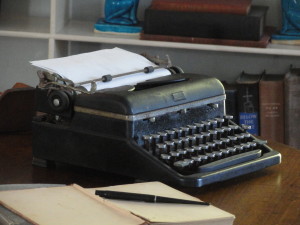
Hemingway wrote about 70 percent of his body of work in the nine years he lived in the “crazy cat lady” home on Key West. For those who don’t know, he moved to Cuba for many years, escaping when Fidel Castro’s revolution changed his world. He lived an exciting, some would say crazy, life, and when he wasn’t out deep sea fishing, crashing planes in Africa, or running with the bulls in Pamplona, he was winning a Nobel Prize for Literature. Tragically, for some reason he chose the slow-paced land of Idaho for his later years, where he tried to deal with alcohol abuse, a growing paranoia, and bouts of depression by getting electroconvulsive therapy at the Mayo Clinic. While a common treatment at the time, the therapy destroyed his memory and ability to write, leading Hemingway to deal with the ensuing boredom by excitingly ending his life with a double-barreled shotgun.
Notwithstanding his sad ending and the unlikelihood that I’ll ever live such an interesting life as he, Hemingway remains an icon of American writing. I envy his tight prose; his simple narratives accessible to all readers mirror what I would like to accomplish in my own writing. Where Hemingway brought his adventurous life to the masses, I seek to do the same with the science traveling life.
I’ll have more on the Florida trip, including stops in Miami Beach, the Everglades, Biscayne Bay, Key Largo, Key West, and the remote beauty and history of Fort Jefferson in the Dry Tortugas. Stay tuned.
David J. Kent is an avid traveler and the author of Lincoln: The Man Who Saved America, now available. His previous books include Tesla: The Wizard of Electricity and Edison: The Inventor of the Modern World (both Fall River Press). He has also written two e-books: Nikola Tesla: Renewable Energy Ahead of Its Time and Abraham Lincoln and Nikola Tesla: Connected by Fate.
Check out my Goodreads author page. While you’re at it, “Like” my Facebook author page for more updates!
Follow me by subscribing by email on the home page. Share with your friends using the buttons below




